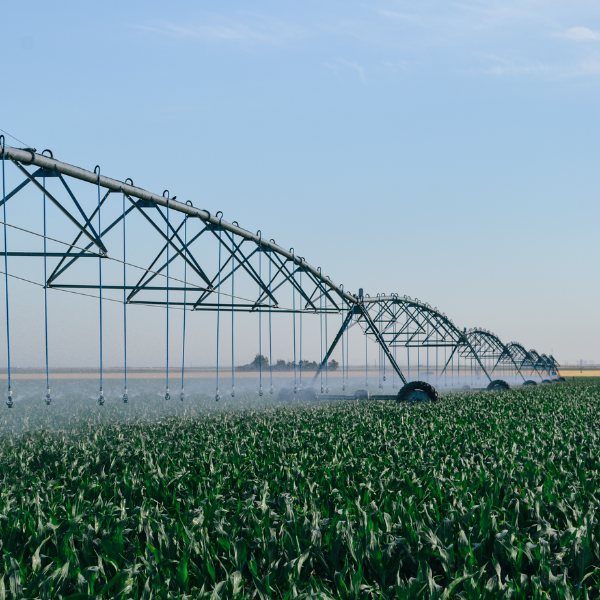Ensuring Quality Forage: A Comprehensive Guide to Sampling for Farmers and Ranchers in Western Kansas

For farmers and ranchers in Western Kansas, ensuring forage quality is crucial for successful operations. Kansas State Research and Extension (KSRE) provides valuable publications to assist in every stage of forage production, including "Forage Sampling Procedures and Equipment" (MF3177) by John Slocombe and Lyle Lomas, which offers essential insights into effective forage sampling.
The Significance of Forage Sampling:
Forage sampling plays a pivotal role in determining the market value and formulation of rations for livestock. The accuracy of these samples is paramount, as undervaluation due to sampling variation can lead to significant costs for farmers. It is important to note that most variation arises from improper hay sampling procedures rather than laboratory errors.
Key Forage Sampling Procedures:
- Sample by Forage Lot:
- Every field and cutting yields different forage. Divide hay into lots based on known differences, such as location, field, or farm, cutting time, and plant maturity.
- Avoid combining hays of different qualities or cuttings into one sample, as it hampers the usefulness of test results for feeding decisions.
- Sample at the Optimum Time:
- Collect samples as close to the time of feeding or sale as possible to account for any losses during storage.
- For silage, samples taken at feeding time better represent the nutritional quality of the forage.
- Select a Sharp, Well-Designed Coring Device:
- Use a sharp core sampler or hay probe to collect accurate cross-sections representing leaf and stem proportions.
- The sampler tube should be 12 to 24 inches long with an inside diameter of 3/8 to 1 inch.
- Sampling Bales and Stacks of Hay:
- Take at least 20 cores from widely separated bales or stacks representing the sampled lot.
- Mix the hay cores in a clean, plastic pail, place in a sealable plastic bag, and seal tightly to maintain moisture.
- Sampling Chopped Silage Crops and Baleage:
- For silage to be stored, collect representative handfuls from each load, mix thoroughly, and store in a freezer.
- When feeding silage, collect grab samples at both morning and evening feedings, avoiding spoiled portions.
- Keep Good Records:
- Record essential information such as the crop's name, harvest date, sampling date, and a lot identifier on the bag.
- Maintain a record of similar information for future reference.
- Ship Samples Immediately:
- Hay and silage samples are perishable. Ship them to the laboratory as soon as possible to prevent moisture loss and deterioration.
Forage sampling is an indispensable practice for farmers and ranchers in Western Kansas. Producers can ensure representative samples by following these recommended procedures, leading to accurate forage quality assessments and informed decision-making.